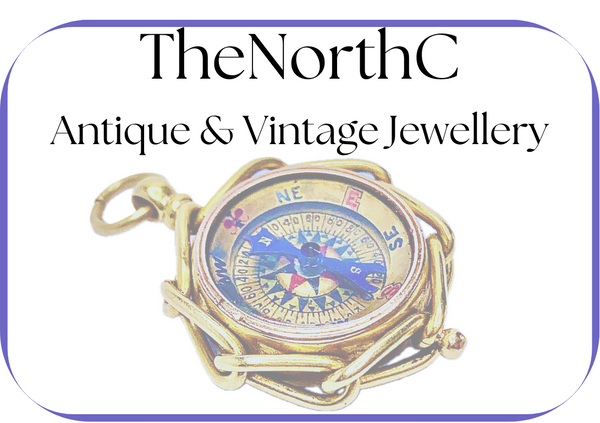Antique diamonds possess an ethereal beauty and a rich history that has captivated the hearts of jewellery enthusiasts for generations. From the exquisite craftsmanship to the unique cuts and shapes, antique diamonds hold a special allure that sets them apart from their modern counterparts. In this blog, we embark on a mesmerising journey into the world of antique diamonds, exploring different cuts such as the old mine cut, rose cut, and European cut, while unraveling the significance of clarity, inclusions, and colour.
Old Mine Cut
A Glimpse into the Past The old mine cut, popular in the 18th and 19th centuries, showcases a distinctive cushion shape with a high crown, small table, and large, softly rounded corners. This cut was created by hand, giving each diamond a unique character. The old mine cut exhibits a romantic charm with its broad facets and a mesmerizing play of light, making it a timeless choice for vintage-inspired jewellery.
Rose Cut
 A Delicate Floral Beauty The rose cut, originating in the 16th century, is renowned for its resemblance to a blooming rosebud. It features a flat bottom and a domed crown adorned with triangular facets, creating a captivating appearance reminiscent of the soft petals of a rose. The rose cut diamond's unique faceting style enhances its natural transparency, allowing light to dance through its facets and creating a subtle, romantic glow.
A Delicate Floral Beauty The rose cut, originating in the 16th century, is renowned for its resemblance to a blooming rosebud. It features a flat bottom and a domed crown adorned with triangular facets, creating a captivating appearance reminiscent of the soft petals of a rose. The rose cut diamond's unique faceting style enhances its natural transparency, allowing light to dance through its facets and creating a subtle, romantic glow.
European Cut
The Classic Brilliance Developed in the 19th century, the European cut is a predecessor to the modern round brilliant cut. With its round shape and a larger table, this cut maximizes the diamond's brilliance. The European cut diamond is characterized by a smaller number of facets compared to modern diamonds, allowing for larger, broad facets that reflect light in a distinctive way. Its vintage charm and stunning sparkle make it a sought-after choice for those who appreciate classic elegance.
Diamond Shapes
Beyond the Cuts Antique diamonds come in various shapes that add individuality to each stone. Besides the popular round shape, antique diamonds can be found in unique forms such as cushion, oval, pear, marquise, and emerald cuts. Each shape carries its own allure and lends itself to different styles of jewellery, providing a canvas for creative expression.
Diamond Clarity
Unveiling Their Secrets Clarity refers to the presence or absence of inclusions and blemishes within a diamond. Antique diamonds, created before the advent of modern cutting and polishing techniques, often exhibit unique characteristics. These inclusions and imperfections are considered part of the diamond's history and add to its charm. While higher clarity grades are sought after, collectors often value the distinct features that make each antique diamond truly one-of-a-kind.
Diamond Colour
Antique diamonds exhibit a fascinating range of colours, each possessing its own distinct charm. When it comes to grading the colour of antique diamonds, the Gemological Institute of America (GIA) uses a scale that ranges from D (colourless) to Z (light yellow or brown). However, it's important to note that antique diamonds often showcase a warm, romantic hue that is highly valued by collectors. While the majority of antique diamonds fall within the color range of G to J, some exceptional pieces may display captivating fancy colors such as yellow, champagne, or cognac. These natural color variations add character and uniqueness to antique diamonds, making them coveted treasures for those seeking a truly one-of-a-kind piece of history.
Conclusion
Antique diamonds are not just jewellery; they are pieces of history that hold tales from eras gone by. The old mine cut, rose cut, and European cut exemplify the craftsmanship of the past, while the various shapes and colours celebrate individuality and personal style. The charm of antique diamonds lies not only in their exquisite cuts and unique features but also in the stories they carry along their centuries of existence.


